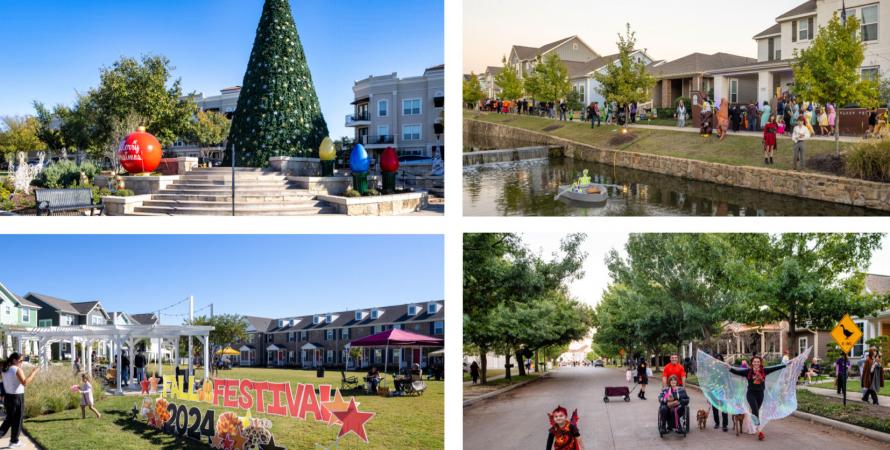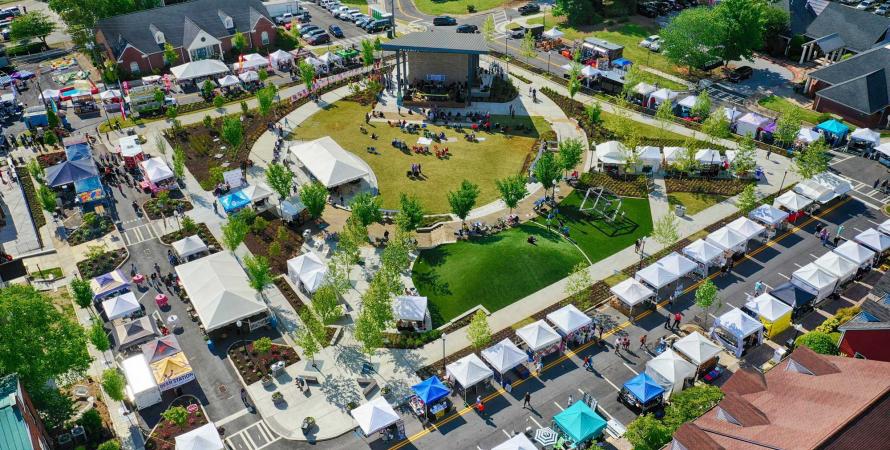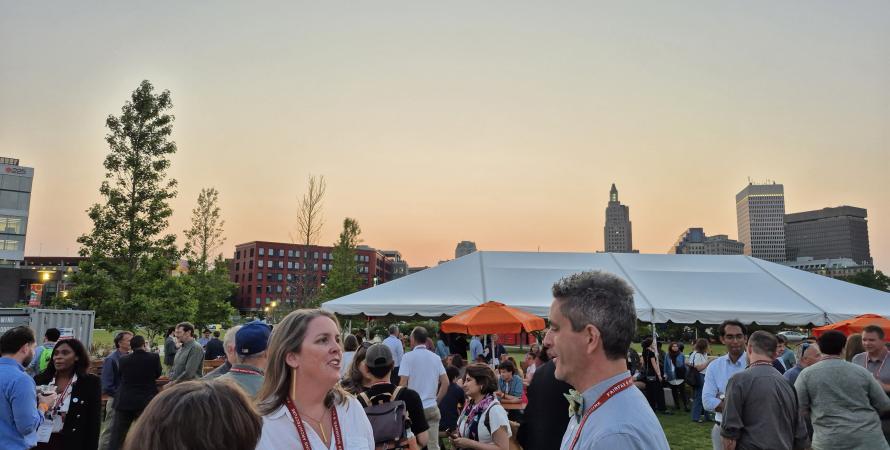-

Community stands the test of time
HomeTown in North Richland Hills was designed to introduce New Urbanism to the North Texas production-built market. It survived the housing crash and is nearly complete.HomeTown in North Richland Hills, is an infill, greyfield, and suburban retrofit development of about 330 acres in the Dallas suburbs, and is nearing completion after 25 years of construction—a remarkable achievement given its long struggles through the Great Recession. HomeTown is a traditional...Read more -

‘10X downtowns’ for better city centers
Ten transformative ideas provide a blueprint for revitalizing city cores.As cities adapt to the demands of the 21st Century, the vitality of their downtowns has never been more critical. These urban cores are more than central business districts. They are cultural epicenters, economic engines, and shared spaces where community life thrives. Yet across the globe, many...Read more -

Legislation advances for zoning reform, pre-approved plans, pattern books and more
Senators propose federal support for pro-urbanist ideas including local zoning reform, pre-approved plans, infill, and transit-oriented development.The ROAD to Housing Act 2025, which was passed unanimously by the Senate Banking, Housing, and Urban Affairs Committee on July 29, includes support for federally funded pattern books, pre-reviewed plans, zoning reform, streamlined infill housing, and transit-oriented development. The bipartisan...Read more -

CNU 33.New England at Providence survey recap
Insights from our growing, engaged New Urbanist community.As the Congress for the New Urbanism (CNU) continues to grow and evolve with ever more impactful annual gatherings, CNU 33.New England at Providence proved to be another landmark event. This year’s post-congress survey sheds light on who attends, what they value, and how the Congress continues to...Read more